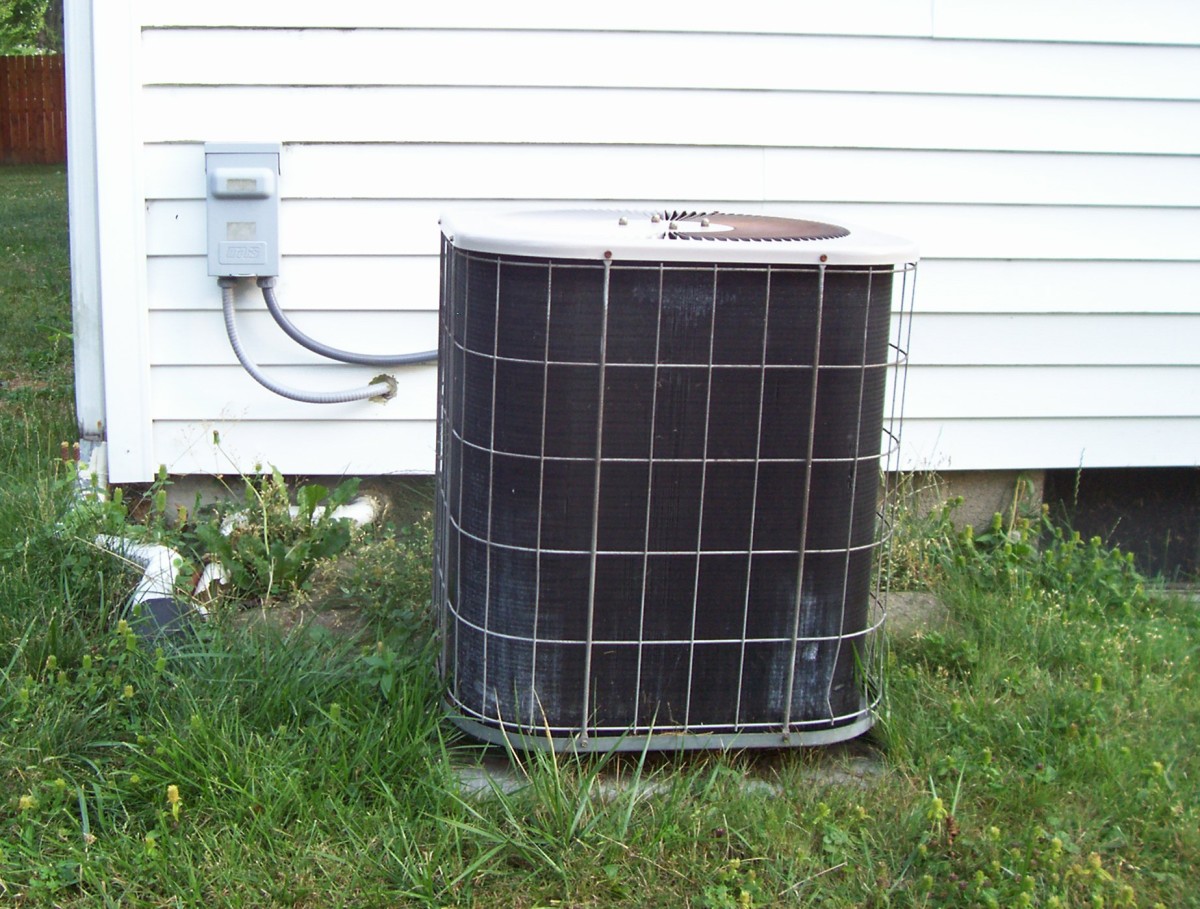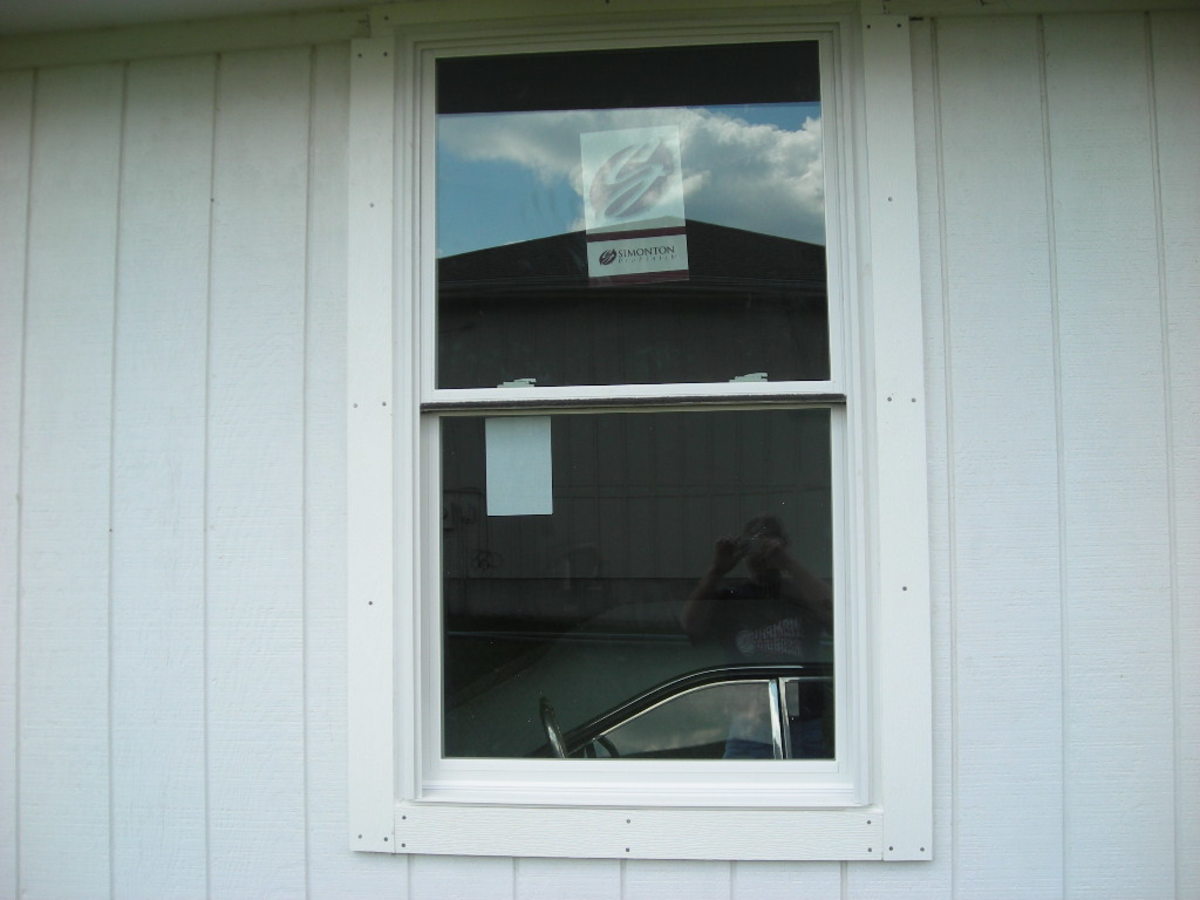How to Install Asphalt Shingles: A Guide to Tar and Paper Shingles
Installing asphalt shingles isn’t a hard process but a proper underlayment has to be in place before the shingling can start. You will need the following tools for this install; a chalk line, level, straightedge, utility knife and tin snips. Since this is such a critical aspect of the roofing process, we’ll start our directions on how to install asphalt shingles with a refresher on tar paper, flashing and waterproofing.

Preparing the Roof
If you are simply reshingling your roof and planning to place new shingles over older ones (which isn’t suggested in roofs with more than one layer of shingles already up) then the entirety of the prep consists of sweeping the roof clear of any debris that may have collected.
If you are going to remove the old shingles, then after they have been removed take a rotary tool or claw hammer around the roof and remove all protruding nails. This is also the time to replace any tar paper or other underlayment that has been damaged. Then sweep the entire roof clean.
Installing Underlayment
Installing the proper underlayment for your area is the most important step to make sure you don’t end up with leakage issues and major repair bills down the line. Even the best laid shingles can succumb to high winds and allow rain to blow up underneath. If you live in an area that experiences snow, then you will want to put down an ice barrier. This is a self-adhesive paper that will seal around the nails that are used to secure it. This paper should be overlapped at least 6 inches on all sides as it is installed. Cover the entire edge of the roof, up to at least three feet from the eave (6 feet in extreme climates) and run it up the side of any barrier walls (chimney, exhaust pipes, dormers, etc.) at least two inches. These walls are the prime place to expect leaks. After the ice barrier is in place, any flashing should now be installed. After the flashing is all in place, a good tar paper (no. 30) should be laid and tacked into place, each piece overlapping by at least two inches. Doing it in this order will prevent water that gets through the shingles from finding holes in which to enter the interior of the roof.
Starter Course
Once all of the underlayment is in place, it is time to begin laying the starter course. This course is laid over the drip edge and overlaps the gutter system by at least 3/8 inch. The start course requires you to cut the tabs off the three tab shingles. When you are beginning this course, start at the very left corner edge of the roof and tack down the first shingle (adhesive side toward the bottom). Make sure this is square by using a level. Now stretch the chalk line to the other end of the roof at the same height and snap it down. Complete tacking down the entire starter course with at least four nails (six in high wind areas). Cut off the final shingle to fit the roof.
Start the second course on the left hand side of the roof. Make sure that the second course shingle lays flush on top of the starter course. The adhesive strip on the starter course will lock the second course into place and provide the seal needed to keep rain out. Finish the second course and move to the third. On the third course, you will need to cut the first shingle so that the tabs will end staggered (this will differ depending on the size of your shingle). When laying this course, make sure that the ends of the tabs overhang the adhesive strip by at least an inch. Staggering the tabs will prevent water channeling down and pulling the asphalt off from the shingles prematurely.
In any areas where you are making cuts to shingles to fit them around roofing obstacles, make sure there is flashing installed. The flashing should extend under the shingles at least half an inch to an inch. Tack the shingles down around the obstacle, just at the top, and use tar to seal the rest of the shingle to the tar paper so leakage doesn’t occur.
Roof Cap
There are two different ways to install a roof cap, vented and traditional. A traditional roof cap simply attaches to either side of the peak with two nails on each side. These nails need to be longer than those used in the shingle install because they will be driven through several layers of existing shingle.
If a vented roof cap is installed, then the shingling will be attached directly on top of the plastic vent. There will be indicators as to where the nails need to be placed when putting shingles over the venting. These nails will be the same size as typical roofing nails (not the 3 inchers used for structural installs).
A single person can easily finish the project in a weekend just by following these directions for installing asphalt shingles. There are, however, some things that should be considered including the weight of a bundle of shingles. They are between 65 and 80 lbs each. Lugging a few of these up a ladder will have you huffing and puffing in no time. Also, it is much hotter up on the roof than it is on the ground. Keep plenty of water around and watch out for signs of dehydration and sunstroke. Roofing can be done by yourself, but it is best to have a couple of helpers even if you end up doing all the nailing (and yes, a pneumatic nailer is the way to go).









